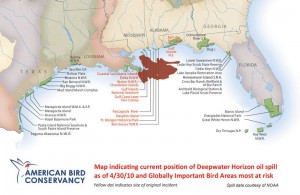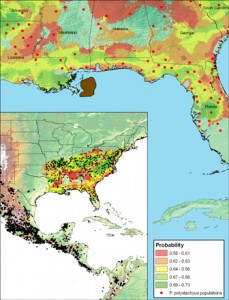Seed banks play an important role in conserving the diversity of plant species and crop varieties for future generations. Among the most ambitious programmes for ex situ conservation are the Millennium Seed Bank Partnership, initiated by the Royal Botanic Gardens Kew and its partners worldwide, which now includes nearly 2 billion seeds from 30,000 wild plant species, mainly from drylands; and the complementary Svalbard Global Seed Vault, which has been constructed in Norway, close to the Arctic Circle, to provide the ultimate safety net against accidental loss of agricultural diversity in traditional gene banks. The vault has capacity to conserve 4.5 million crop seed samples.
That’s from the section on genetic diversity from the CBD/UNEP Global Biodiversity Outlook 3, just out (pp 51-53 of a large pdf). And very welcome it is too.
Some of it is not particularly well done, but one is surprised to see it done at all. It would have been nice to have had more examples of genetic erosion than this estimate for rice in China, for example:
…the number of local rice varieties being cultivated has declined from 46,000 in the 1950s to slightly more than 1,000 in 2006.
And what does this mean exactly? Who cultivates wild relatives of rice?
In some 60 to 70 per cent of the areas where wild relatives of rice used to grow, it is either no longer found or the area devoted to its cultivation has been greatly reduced.
Probably something has been lost in translation. On the positive side of the conservation ledger, there is the assertion that:
For some 200 to 300 crops, it is estimated that over 70% of genetic diversity is already conserved in gene banks, meeting the target set under the Global Strategy for Plant Conservation.
This figure is much quoted, but I’ve never fully understood how it was arrived at.
Anyway, as I say, at least crop diversity and its ex situ conservation is in there. And the International Treaty on Plant Genetic Resources for Food and Agriculture gets a mention. We should be grateful for that.

